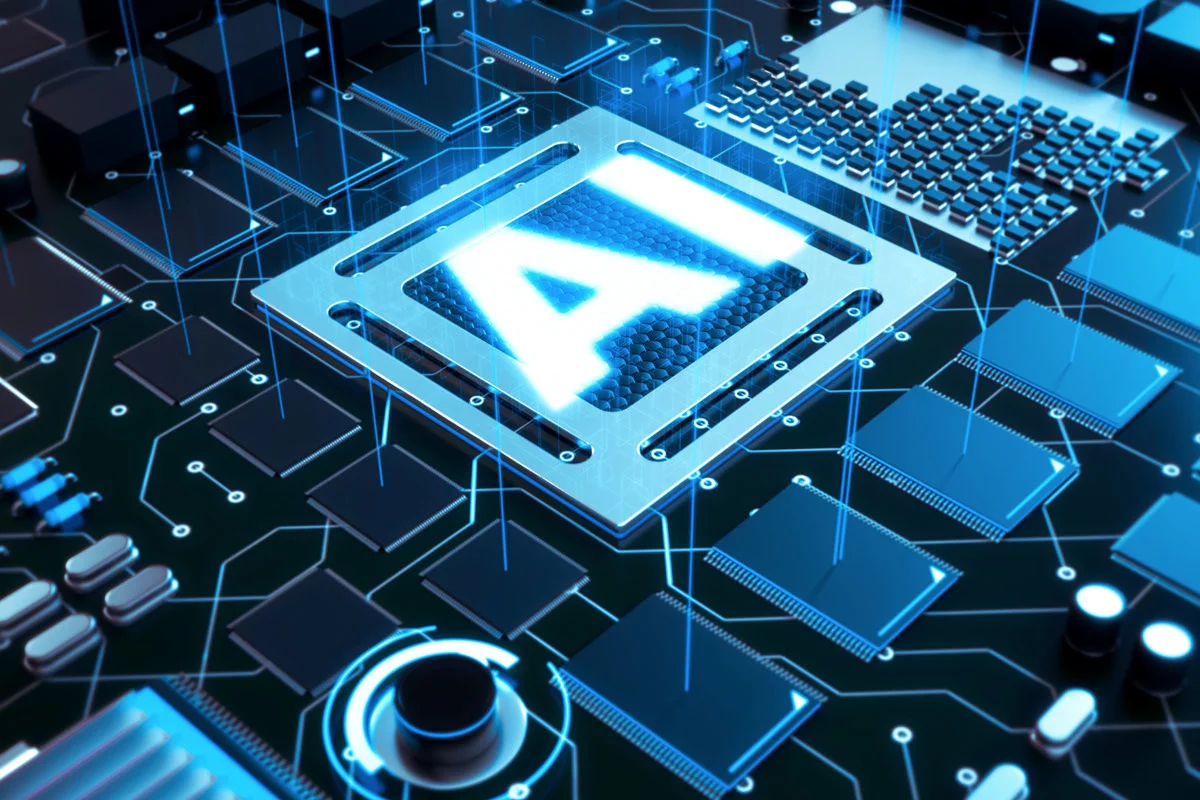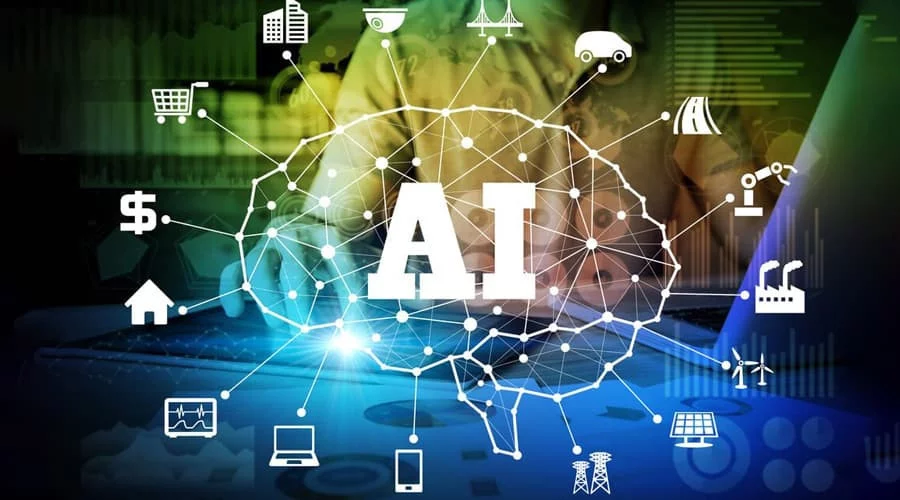Understanding the Difference between Artificial Intelligence and Traditional Techniques
The recent popularity of Artificial Intelligence, coupled with the field being novel and alluring, has led to many organisations claiming their projects utilise the latest advancements in the field of AI when they only mostly use standard conditional logic, probability and statistics. This results in organisations not realising the benefits that AI has to bring.
A general understanding of Artificial Intelligence by the broader populace is essential to ensure accurate consensus and that the technology is developed safely and responsibly. While there are many reasons and internal pressures to claim the use of AI when such a claim is inaccurate, organisations, as a result, also do not benefit from actual advancements. Conditional logic, probabilistic and statistical techniques underpin most organisations today and while complex and sophisticated in their own right as well as provide significant benefits, they differ from what is commonly referred to as Artificial Intelligence today.

Most modern business applications rely on conditional logic. In the context of contemporary programming languages and formula engines, business logic today is commonly expressed as Boolean logic, If-Then-Else statements and Case statements. Organisational business logic can be captured and expressed in conditional reasoning. While it has proven tremendously valuable, it differs from what is commonly referred to as Artificial Intelligence today. Probabilistic and Statistical techniques that are often heavily used for forecasts and predictions, while also reliable and sound, are, in fact, not Artificial Intelligence. These mathematical constructs are more or less defined ahead of time rationally, with few constants to change or vary, while Artificial Intelligence relies on dynamics.
Instead, Artificial Intelligence, as briefly described, typically relies on models that learn from data and determine the logic itself from the data. Since the proof of the Universal Approximation Theorem was presented in 1999, demonstrating how a neural network can approximate any function, more effort is now directed towards solving programs via Artificial Intelligence instead of other paradigms. While theoretically, it is possible to approximate any function, computing power and techniques to achieve this was a limiting factor in practice. However, recent advancements have made great strides in bridging the gap between theory and practice.
Modern Artificial Intelligence uses techniques including Deep Reinforcement Learning, Natural Language Processing, LSTMs and Generative-Adversarial models with frameworks including TensorFlow and PyTorch used in implementations. A good test of whether your project uses Artificial Intelligence is looking at the toolkits actively utilised within projects. It is likely not an AI-powered project if it is not using tools in the field, barring the obvious exception of relying on custom toolkits that perform everyday AI tasks such as matrix multiplication.
Applications Based on Artificial Intelligence and Applications that are Not Based on Artificial Intelligence
Here are some genuine examples of Artificial Intelligence that are used in the real world:
- Computer Vision systems that learn to detect and track objects from labelled data;
- Language processing systems learn to answer questions and improve over time such as Chat-Bots;
- Game-playing agents that, just from pixel input alone, can learn to play games like Space Invaders, Pacman and Tetris.
Conversely, here are some examples that are commonly claimed as examples of Artificial Intelligence when they are not and should be not be claimed as so:
- Forecast models that rely on Probability and Statistics;
- SQL queries that retrieve data from a database and perform some sort of aggregation or sorting;
- Rules-based analytics dashboards created in Tableau or Microsoft Power BI;
- Excel Spreadsheets that use simple formulas;
- Excel Macro powered workbooks that have some VBA code;
- Sensor systems send a signal back to a control centre which a human expert interprets.
Future Directions for Organisations Looking to Adopt Artificial Intelligence
In many cases, artificial intelligence can solve complex problems, but there are limitations where standard conditional logic, probability and statistics would be superior. An example is exemptions that require 100% reliability, in which AI systems can sometimes produce inconsistent results. In the case of traditional techniques, it would be beneficial to state how they were implemented rather than stating that they were artificial intelligence-based, as this would improve the flow of knowledge.
Artificial Intelligence is constantly evolving, with improvements coming rapidly, slowly seeping into everyday life by being deployed on top of already existing technology platforms and infrastructure. As it becomes more pervasive, accuracy is more important than ever, and it is crucial to consider how it is applied and explained. As the field inevitably becomes more regulated, certain liberties taken in misclaiming AI use will resolve over time. However, organisations can get a head start by embracing accurate AI definitions from the present.
The benefits of genuine Artificial Intelligence are vast, and Telemus AI can work with your organisation to drive tangible outcomes far beyond traditional techniques.
Contact us today for a free consultation on how the Telemus AI™ can be integrated into your organisation.







